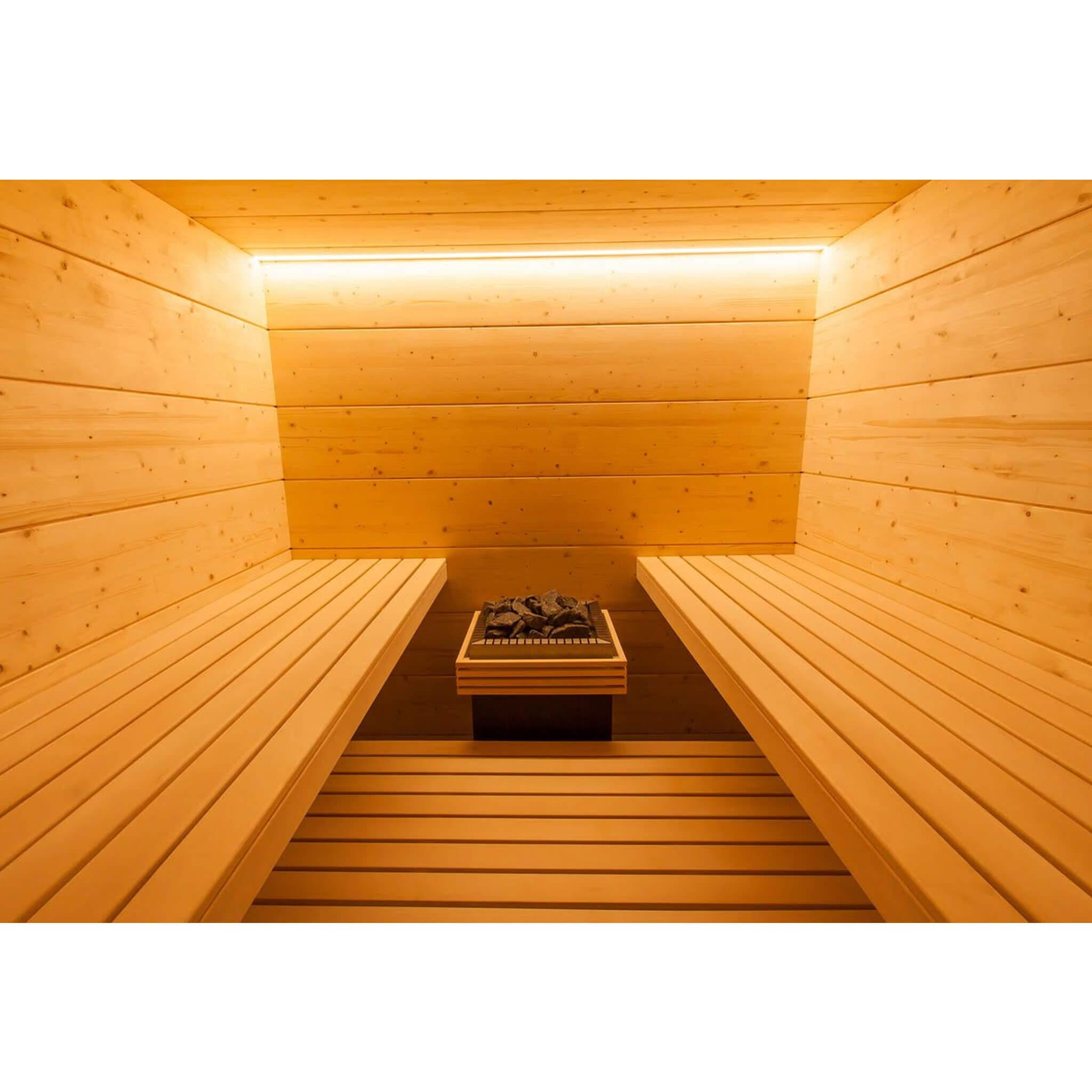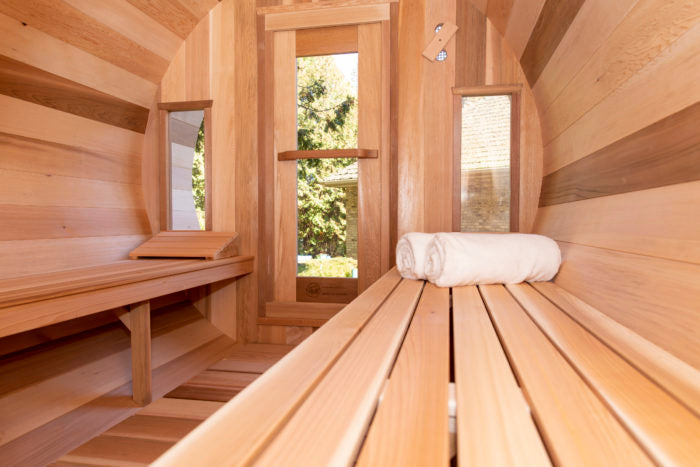Facts About Traditional Sauna Uncovered
Table of ContentsEverything about Traditional SaunaWhat Does Traditional Sauna Do?Unknown Facts About Traditional SaunaThe Only Guide for Traditional SaunaAbout Traditional Sauna
Power financial savings is one point to think about for people that intend on utilizing their sauna frequently. For a conventional sauna, bathers normally require to await 30-40 minutes for the area to preheat before entering. Infrared saunas, on the various other hand, typically reach their ideal temperature level in around 15 mins.That suggests that in an infrared sauna, bathers can start enjoying their sauna immediately. One difference in between the two kinds of sauna that is usually neglected is the social experience.
Think about exactly how lots of people will certainly be making use of the sauna before making your choice. Including a sauna to your home can be one of the most amazing and fulfilling decisions you'll ever before make. Regular sauna use will boost your flow, keep much healthier skin, support kidney function, reduce blood stress, enhance mind function, and much a lot more
Attempt a sauna today and discover several of the impressive benefits on your own!.
Some Known Facts About Traditional Sauna.
Infrared and typical completely dry saunas are both preferred alternatives for those seeking relaxation and healing benefits. Nevertheless, there are some crucial differences between both types of saunas that ought to be thought about before choosing. Traditional Sauna. Standard dry saunas utilize warmed rocks to produce vapor, while infrared saunas make use of infrared heating systems to directly warm the body
Aspects such as heat resistance, preferred level of detoxification, and total health and wellness should be considered when determining which kind of sauna to use. Infrared saunas are a sort of sauna that utilize infrared light to heat the body directly, instead than heating the air around the body like typical saunas.
The temperature level in an infrared sauna is normally reduced than in a traditional sauna, with temperature levels ranging from 120F to 150F. Infrared saunas use a variety of advantages that make them an attractive option for those aiming to enhance their health and well-being. A few of the benefits of infrared saunas include: Infrared saunas make use of lower temperature levels than conventional saunas, which can make them extra comfortable for those who locate heats challenging to endure.

Infrared saunas have actually been revealed to aid the body eliminate toxins through sweating. Sweating can also aid to boost skin health by removing impurities and dead skin cells.
Unknown Facts About Traditional Sauna

With their reduced temperature levels, deep infiltration, and series of health see this site advantages, infrared saunas are a great means to loosen up, unwind, and boost your general wellness. Standard dry saunas have actually been around for centuries and are still popular today. They are generally heated with wood, gas, or electrical energy and have low humidity levels.
There are several benefits to utilizing a conventional dry sauna. Right here are a few: Leisure: The heat and reduced moisture in standard completely dry saunas can aid loosen up the muscles and reduce tension levels. Detoxing: Sweating in a sauna can assist get rid of toxic substances from the body, which can boost overall health.
How Traditional Sauna can Save You Time, Stress, and Money.
When it comes to saunas, there are two main sorts of home heating techniques: typical and infrared. Typical saunas make use of heated air to heat the body, while infrared saunas use infrared radiation to penetrate the skin and warmth the body from within. Among the main distinctions between both techniques is the kind of warmth they produce.
Typical saunas warm the air, which then heats the body through convection. Infrared saunas, on the various other hand, warmth the body straight with radiation.
In terms of power efficiency, infrared saunas are generally extra reliable than standard saunas due to the fact that they call for less power to run. They additionally heat up more rapidly, so they can be used for much shorter sessions. When it pertains to the effects on the body, both kinds of saunas have actually been shown to have advantages.

Some Known Incorrect Statements About Traditional Sauna
Both kinds of saunas use one-of-a-kind benefits and downsides that must be considered prior to making a decision. The choice between an infrared sauna and a conventional completely dry sauna mainly relies on individual choice and the preferred advantages. Those that choose a more comfy, reduced temperature atmosphere may prefer here are the findings an infrared sauna, while those who are searching for intense warm and a standard sauna experience might choose a conventional dry sauna.
